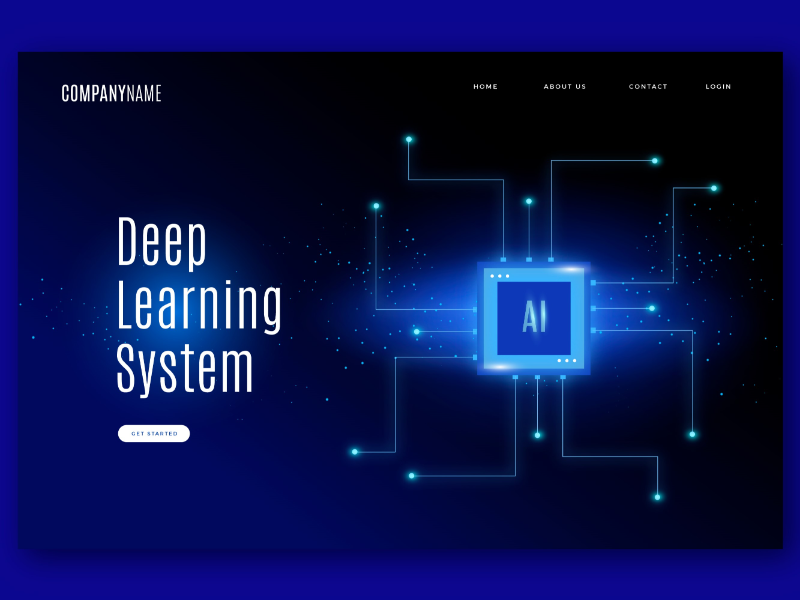- AI training data is carefully curated and cleaned information that is fed into a system for training purposes. This process makes or breaks an AI model’s success.
- The three types of AI training data are supervised learning datasets, unsupervised learning datasets and reinforcement learning datasets.
Training data is the initial dataset used to train machine learning algorithms. Models create and refine their rules using this data. It’s a set of data samples used to fit the parameters of a machine learning model to training it by example.
What is AI training data?
AI training data is carefully curated and cleaned information that is fed into a system for training purposes. This process makes or breaks an AI model’s success. It can help in developing the understanding that not all four-legged animals in an image are dogs or it could help a model differentiate between angry yelling and joyous laughter. It is the first stage in building artificial intelligence modules that require spoon-feeding data to teach machines the basics and enable them to learn as more data is fed. This, again, makes way for an efficient module that churns out precise results to end users.
Consider an AI training data process as a practice session for a musician, where the more they practice, the better they get at a song or a scale. The only difference here is that machines have to also first be taught what a musical instrument is. Similar to the musician who makes good use of the countless hours spent on practice on stage, an AI model offers an optimum experience to consumers when deployed.
Also read: US Rep proposes bill forcing AI companies to disclose training data
Also read: OpenAI Data Partnerships for Global AI Training
What are the three types of AI training data?
The three types of AI training data are:
1. Supervised learning datasets
Supervised learning is the most common type of machine learning, and it requires labeled data. In supervised learning, the training data consists of input data, such as images or text, and associated output labels or annotations that describe what the data represents or how it should be classified.
2. Unsupervised learning datasets
Unsupervised learning is a type of machine learning where the data is not labeled. Instead, the algorithm is left to find patterns and relationships in the data on its own. Unsupervised learning algorithms are often used for clustering, anomaly detection, or dimensionality reduction.
3. Reinforcement learning datasets
Reinforcement learning is a type of machine learning where an agent learns to make decisions based on feedback from its environment. The training data consists of the agent’s interactions with the environment, such as rewards or penalties for specific actions.
Why is AI training data required?
The simplest answer to why AI training data is required for a model’s development is that without it machines wouldn’t even know what to comprehend in the first place. Like an individual trained for their particular job, a machine needs a corpus of information to serve a specific purpose and deliver corresponding results, as well.
Let’s consider the example of autonomous cars again. Terabytes after terabytes of data in a self-driving vehicle comes from multiple sensors, computer vision devices, RADAR, LIDARs and much more. All these massive chunks of data would be pointless if the central processing system of the car does not know what to do with it.

